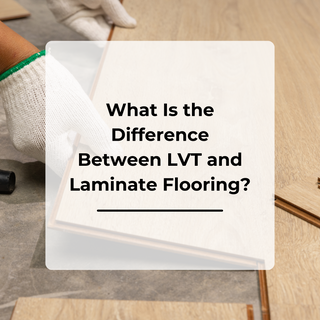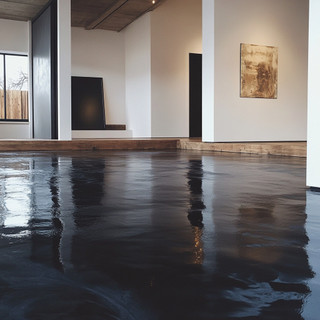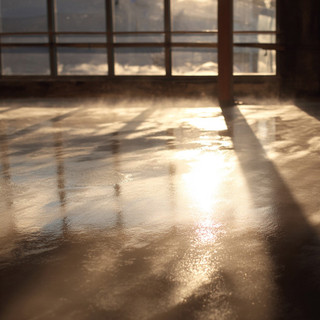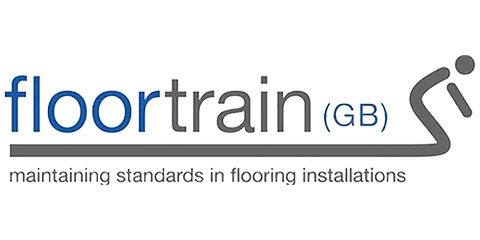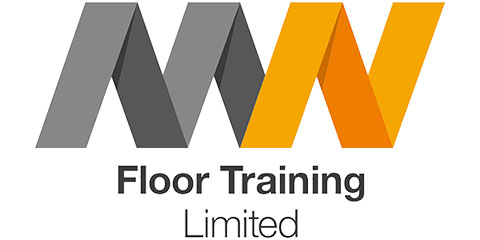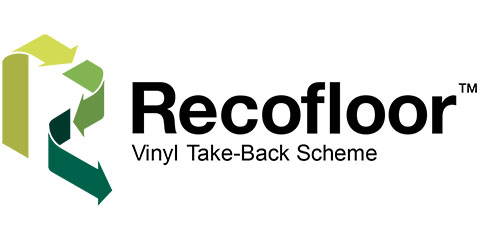What Is the Difference Between LVT and Laminate Flooring?
Posted by Teri-Ann Fisher on 27th Jun 2025
Choosing the right flooring can make a huge difference to the look, feel, and performance of any interior space. Two of the most popular options on the market today are Luxury Vinyl Tile (LVT) and laminate flooring. At first glance, they can appear quite similar, especially with modern designs mimicking the texture and appearance of natural wood or stone. However, there are important differences between the two, both in terms of construction and performance.
Below, we break down the key distinctions to help your customers make a more informed choice.
What Is LVT?
Luxury Vinyl Tile (LVT) is a type of vinyl flooring that’s designed to replicate the appearance of natural materials such as wood, ceramic, or stone. It consists of multiple layers, typically including a tough wear layer, a decorative design layer, a vinyl core, and a backing layer for added stability.
Most modern LVT ranges are water-resistant or fully waterproof, making them a popular choice for areas such as kitchens, bathrooms, and utility rooms. Some types come with click-fit installation systems, while others are glued down for a more permanent solution.
What Is Laminate Flooring?
Laminate flooring is made from a high-density fibreboard (HDF) core topped with a photographic layer that mimics wood or stone, and finished with a clear wear layer for protection. It’s a floating floor, which means it’s usually installed without glue or nails, individual boards simply click together over underlay.
While early laminates were prone to water damage, many modern options include water-resistant properties, although they’re typically still not suited to areas with standing water or high humidity.
Key Differences
Water Resistance
This is one of the most significant differences. LVT, particularly rigid core and SPC (stone plastic composite) versions, is generally waterproof. It can be mopped regularly and withstands moisture without warping. Laminate flooring, on the other hand, has a wood-based core that can swell if exposed to water for extended periods. While water-resistant laminates do exist, they’re still more vulnerable to moisture than LVT.
Construction and Feel
LVT is vinyl-based, so it has a slightly softer, warmer feel underfoot and tends to be quieter to walk on. Laminate flooring, due to its HDF core, feels more rigid and can sound hollow without the right underlay. It’s also usually a bit thicker than LVT, which can impact transitions between rooms if mixing floor types.
Appearance and Design Variety
Both options offer highly realistic designs, but LVT often features deeper embossing techniques to achieve authentic textures. It also comes in a wider variety of sizes and formats, including herringbone and tile-effect designs, offering more creative flexibility.
Installation Methods
Laminate flooring is most commonly installed as a floating floor using a click system, making it a quick and convenient choice for many DIY projects. LVT offers both glue-down and click-fit options. While click LVT is user-friendly, glue-down installations require more preparation but offer superior stability in heavy-traffic areas.
Cost Considerations
In general, laminate flooring is slightly more budget-friendly than LVT, both in terms of product cost and installation. However, the long-term durability and waterproof properties of LVT may justify the higher initial outlay, especially in environments where moisture is a concern.
The choice between LVT and laminate largely depends on the specific needs of the space. For areas prone to moisture (like kitchens and bathrooms), LVT is usually the safer choice. For dry, residential rooms such as living areas or bedrooms, laminate offers great value and aesthetic appeal. For projects with tight budgets but high visual expectations, both provide excellent alternatives to real wood or stone at a fraction of the price.
If you're a retailer or trade professional looking to expand your range, explore our full collections of LVT and laminate flooring. At Floormart, we stock high-quality brands with reliable availability and nationwide delivery, helping you meet customer demand with ease.

